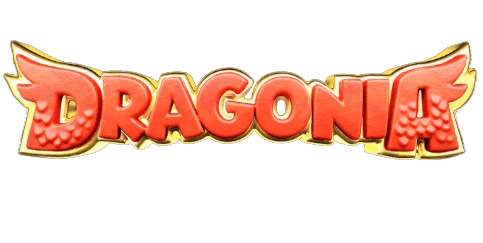Predtým bola naša stránka venovaná čiarovým kódom a barcodeom – ich využitiu v rôznych odvetviach vrátane kasínového priemyslu. Hovorili sme o tom, ako čiarové kódy pomáhajú spravovať bonusy, transakcie a logistiku v hazardnom biznise, ako aj o technických riešeniach, ako sú EAN, UPC, PDF417 a ďalšie štandardy.
Čo sú čiarové kódy a barcode?
Čiarový kód je grafický obraz obsahujúci zakódované informácie, ktoré sa čítajú špeciálnymi skenermi. V online kasínach a iných oblastiach sa čiarové kódy používajú na zjednodušenie účtovníctva, automatizáciu procesov a zvýšenie bezpečnosti. Hlavné typy:
- EAN a UPC – používané v maloobchode.
- QR kódy – obsahujú viac informácií a využívajú sa napríklad na platby.
- PDF417 – dvojrozmerné kódy vhodné na identifikáciu dokumentov.
Čas však neustále plynie a my sme sa rozhodli zmeniť smer. Teraz je naša stránka venovaná svetu online kasín: recenzujeme novinky, analyzujeme popredné herné platformy, informujeme o najlepších bonusoch, bezplatných spinoch a aktuálnych akciách.
Naše nové zameranie
Dnes ponúkame recenzie a analýzy v niekoľkých kľúčových oblastiach:
- Recenzie mobilných kasín – pohodlné herné platformy pre smartfóny a tablety.
- Nové kasína na Slovensku – najnovšie prírastky a trendy na domácom trhu.
- Medzinárodné kasína – zahraničné platformy dostupné pre slovenských hráčov.
- České, poľské a nemecké kasína – lokalizované herné platformy pre slovenských hráčov.
- Bezplatné spiny a bonusy bez vkladu – aktuálne ponuky, ktoré umožňujú hrať bez investovania vlastných peňazí.
Zostavili sme skvelý tím skúsených recenzentov, testerov kasín a profesionálnych copywriterov. Naším cieľom je poskytovať čestné a objektívne recenzie, ktoré vám pomôžu nájsť to najlepšie kasíno pre pohodlné a bezpečné hranie. Sledujte naše publikácie a zostaňte v obraze so všetkými novinkami zo sveta hazardu!

